Written by Octavia, 2021 Cohort
Introduction to the game
Whenever I mention What Remains of Edith Finch, I describe it as not just a game, but a real artwork. Without the latest VR technology or highly realistic graphics. It easily leads the player to deeply integrate into the game with its unique interaction system and tragic fairy tales about the Finch family.
What Remains of Edith Finch is a first-person game with a linear narrative structure. The audience will follow the main character, Edith Finch, back to her family house, a villa that is full of death and tragedy.
Edith calls her family the “cursed blood”. It seems like everyone with this blood will die by way of accidents mysterious circumstances. Her mom was never willing to talk about the death of their family members, and even sealed their rooms to avoid the conversation. But after her death, all the tragedy of these three generations will be revealed.
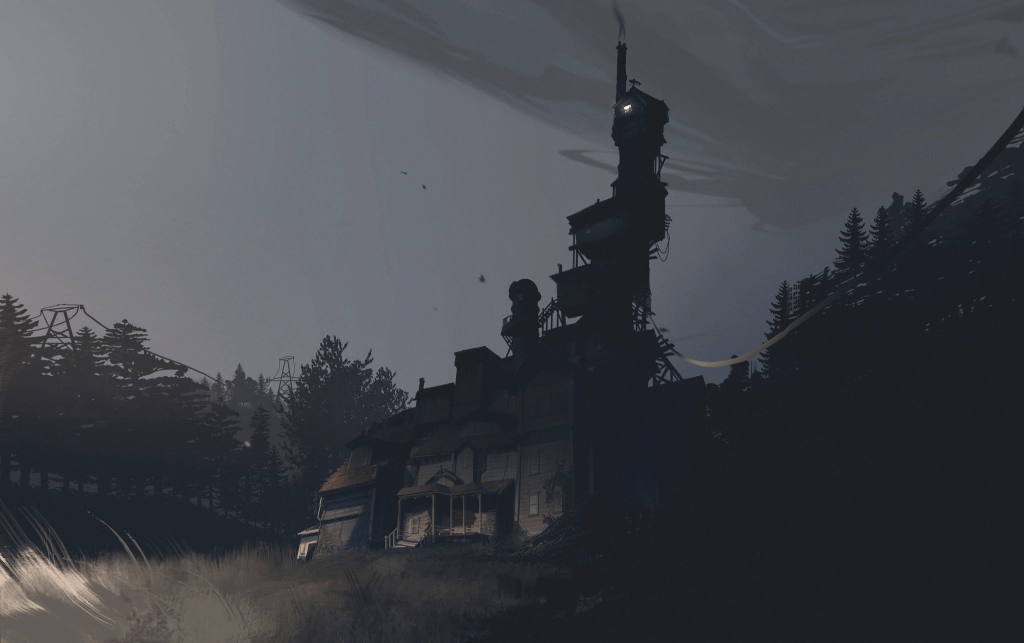
Unique interaction appeared everywhere
Edith’s Monologue is an important element driving the plot. In this game, the Monologue is the visual version displayed on the key props. By interacting with items, letters would also cause physical-spatial effect.
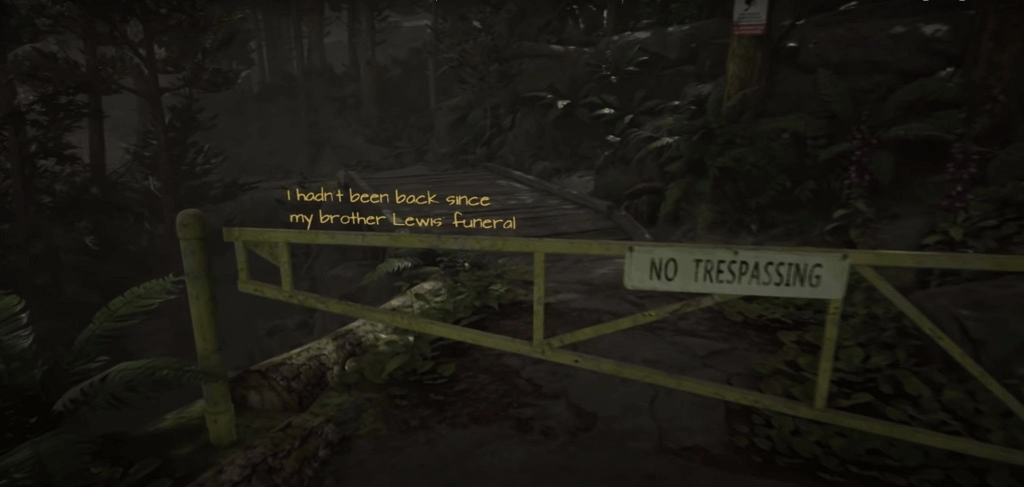
In other respects, Edith brings a family tree with plenty of blank space. Every time we reveal one’s secret, we are able to draw their final picture on the family tree.
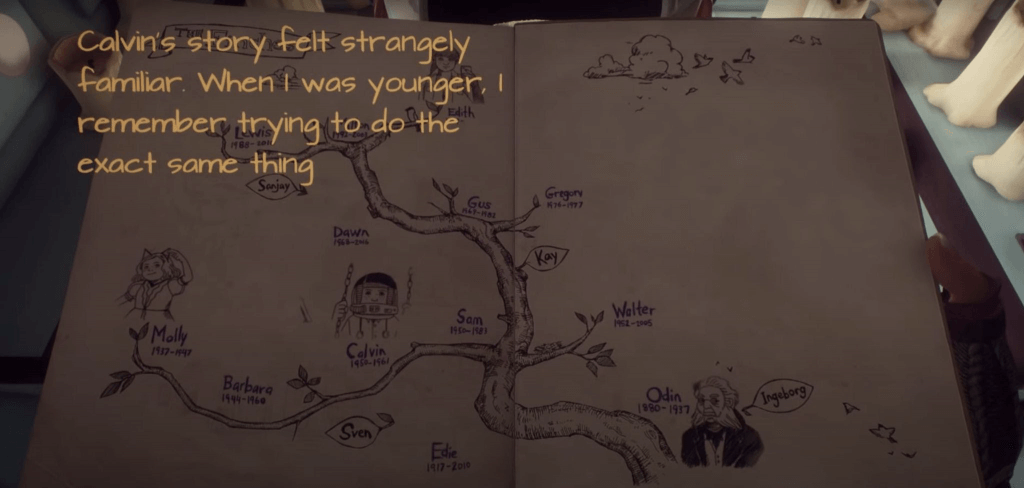
As the play progresses, those triggers do not only entertain us but also lead us to find the way into the inner life of characters.
Interaction used in Molly Finch’s room
Molly is the older sister of Edith’s grandpa who died at the age of ten. Inside her room, Edith finds a diary written by this little girl. This diary becomes the conjunction of her imagination and reality. It also allows players to witness the night of her death. On that night, the hungry Molly desperately tries to find food in her room,after she eats her pet’s leftovers,the toothpaste and a plastic ball from the Christmas tree,she finds herself in the skin of a cat.
By visualizing the content from the diary, players can control the hungry little one and subsequently metamorphoses into a cat to hunt birds, an owl to catch rabbits, a shark to eat seals, followed by sea monster.
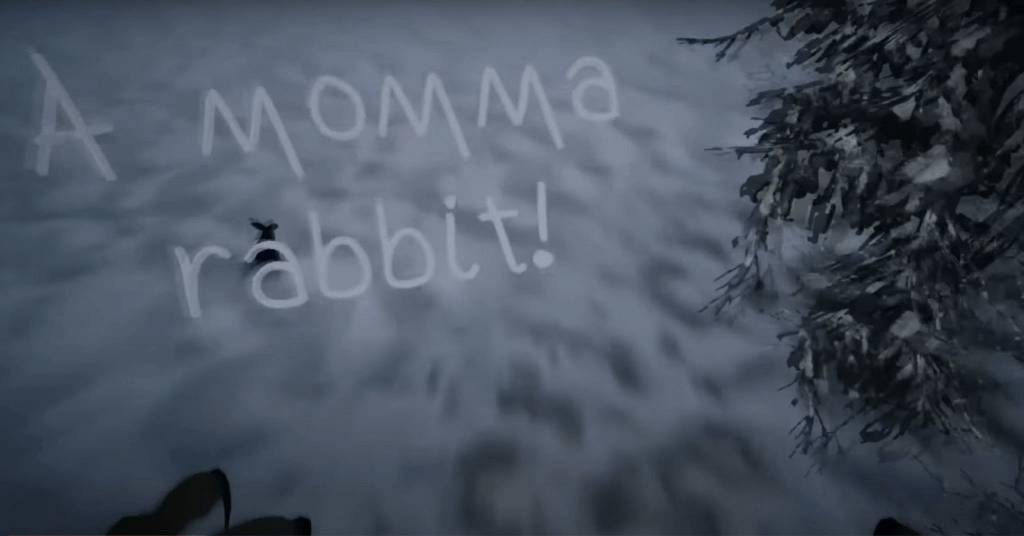
Interaction used in Lewis Finch’s room
Lewis is Edith’s big brother who died at the age of twenty-two. At that time, He was suffering from substance abuse and seeking treatment. His mom found him a job at the cannery, but eventually, he died in that factory.
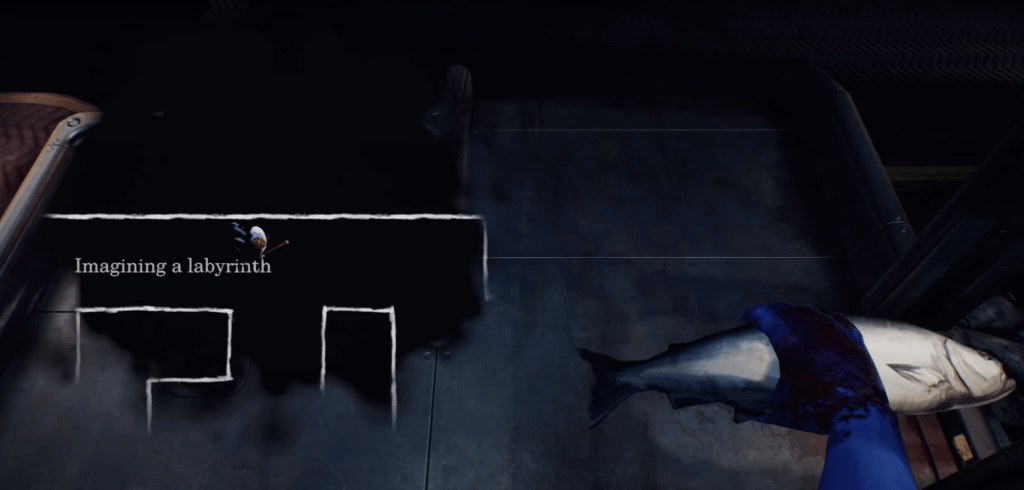
Once the player opens the letter from Lewis’s psychiatrist, we will be taken back to that cannery. By sliding the mouse, the fish in our hand will be sent to the cutter, then it will be automatically sliced by the machine. Next, another fish will be brought and then we repeat the previous action. It is the same repetitive thing that Lewis needs to do. After we notice the monotony of his job, Lewis’s star imagines a fantasy world and the game graphics will split into two parts. The player will still need the mouse to repeat the cannery job while using the keyboard to follow his imagination. His fantasy world grows stronger by the day, until we can no longer see the real world……
This game progressively uses music and graphics to immerse us into the world of the Finch Family. In the meantime, game designers attempt to prove how a well-designed interaction system can lead players to an atmospheric experience.
Are the interactions making the game more interesting? We tend to say they are original and contribute to a really atmospheric experience. I recommend this game to any and all who want to delve into a good story one rainy Sunday afternoon.